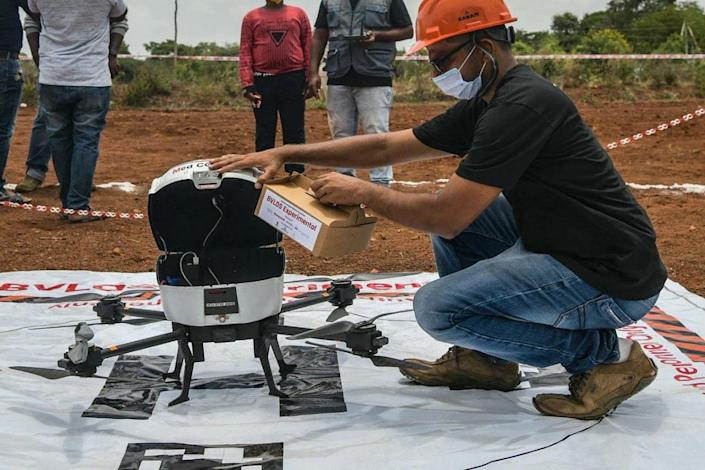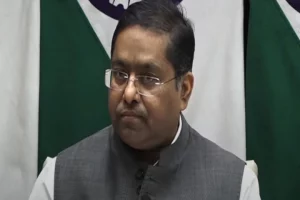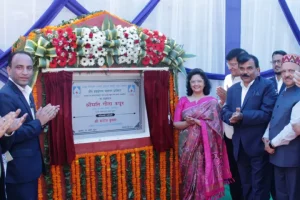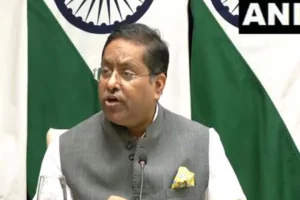In India there are several regions and pockets which are inaccessible or difficult to reach and for them getting medicines and other important healthcare accessories is a matter of life and death. Now, with drone technology making advances in leaps and bounds, this crucial problem is expected to be solved.
Tests are being carried for the last 20 days at Gauribidanur, located nearly 80 kilometres from Bengaluru, by a group of engineers and technicians for the speed and accuracy of a two-feet by two-feet copter.
Now, these copters are drones which are on a pilot trial for 45 days for the purpose of healthcare. They will be generally used to deliver medicines to patients located in remote and difficult to reach locations.
Significantly, these experiments are going to be a vital part of the effort to ramp up health infrastructure with the threat of a third wave of Covid-19 looming large.
Talking to News18, Nagendran Kandasamy, CEO and Founder of Throttle Aerospace Systems said: “The Government has asked us to do 100 hours of this kind of experiment, so what we are trying to do is about eight deliveries on a daily basis. It’s the first time we are trying drone deliveries beyond the visual line of sight. While we will stick to day-time experiments for the first 50 hours, after that we will try out night-time deliveries as well.”
Incidentally, Throttle Aerospace Systems is one of the selected entities, which has been approved by the Director-General of Civil Aviation.
Manufacturing drones in varied sizes and capabilities, the one dedicated for medical purpose is named MedCopter. It can haul up to two kilograms in weight and is capable of flying at a height of 120 metres.
While these are DGCA given technology demonstration specifications for the pilot in order to minimise the risk, it is possible to enhance the capacity of these drones to carry 10 kgs weight and fly at an altitude of one km. Also, DGCA has allowed 20 km radius in Gauribidanur in order to demonstrate the technology, the objective is to be able to transport goods to reach 100 km. For instance, sending vaccines to distant places in Northeast parts of India from main hospitals.
Sharing further details with News18, Kandasamy said: “The drone has various sensors on it, so they continuously interact with the outside — it can sense its surroundings, be it another drone or a manned aircraft or some kind of obstacle like a tree in front of it. It’s a purely autonomous drone and has a 360-degree collision avoidance sensor that senses danger and avoids it. That’s how the system can play a vital role in remote areas,.”
Happy to disclose that so far the trials have been successful, Kandasamy added: “Last week, we did a challenge — we asked an ambulance to start at the same time as our drone to go to a hard-to-reach location. The drone was able to do so in four minutes, while the ambulance took 26 minutes. So the saving of 22 minutes is a game-changer.”
While using roads and road transport for delivery of critical and essential products is fraught with challenges, drones can lead to a paradigm shift.
Smit Shah, Director of the Drones Federation of India, remarked: “What we are looking at is not medicine delivery – but connectivity. When you can deliver 1 kg from point A to B, why only waste it for medicines. Tomorrow we can look at this for blood, plasma, we can even scale this up to create a green corridor between hospitals or between the airport and hospitals, to facilitate organ delivery.”
Even though India is a bit behind in drone technology, it is going whole hog now and trials so far have proved successful. This is true for even those areas with high wind speeds. Internet connectivity however, is a challenge as it is essential for the drones to chart their routes and locate destinations.
With drone technology all set to take a leap, rural health is sure to undergo a sea change.




















